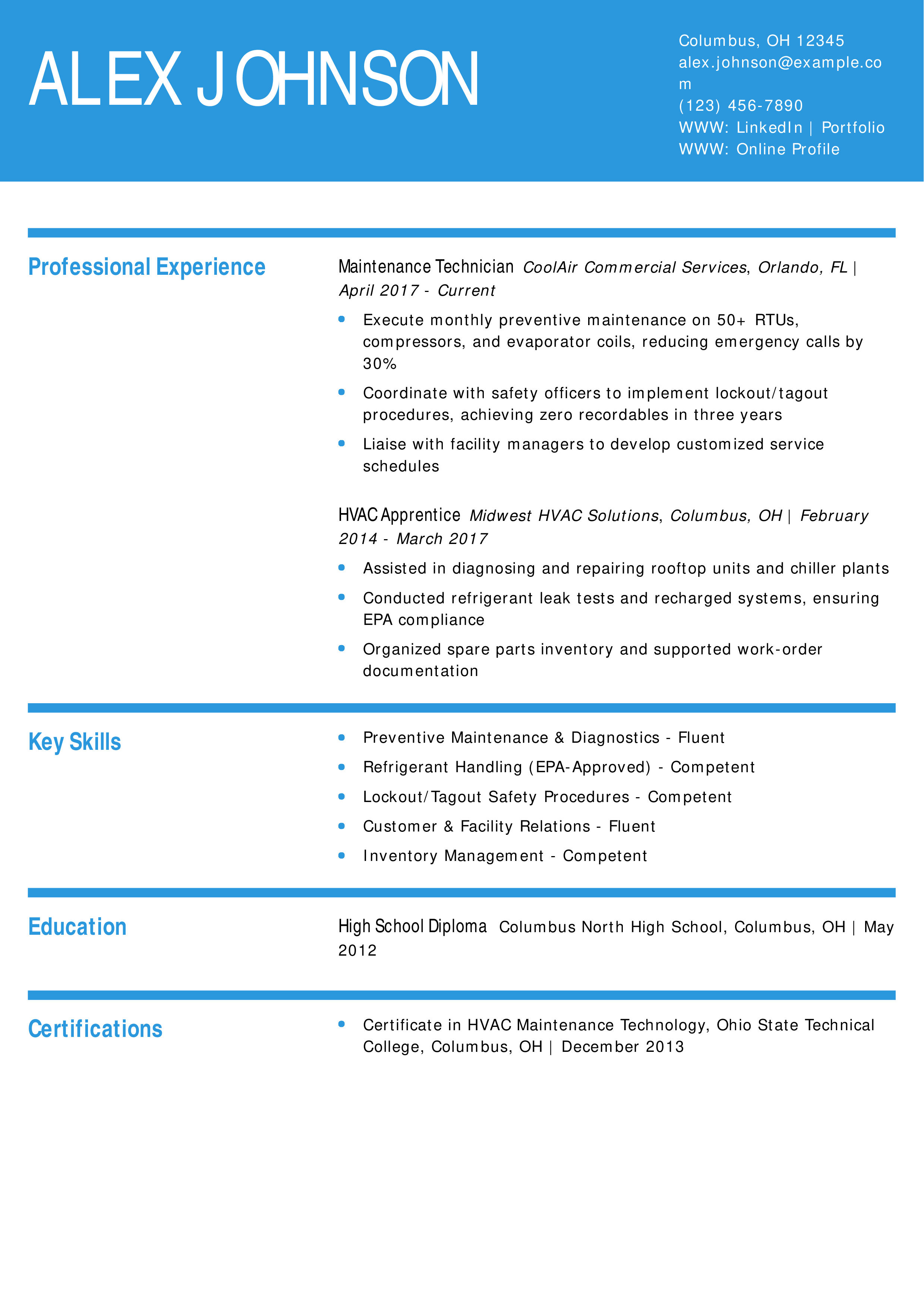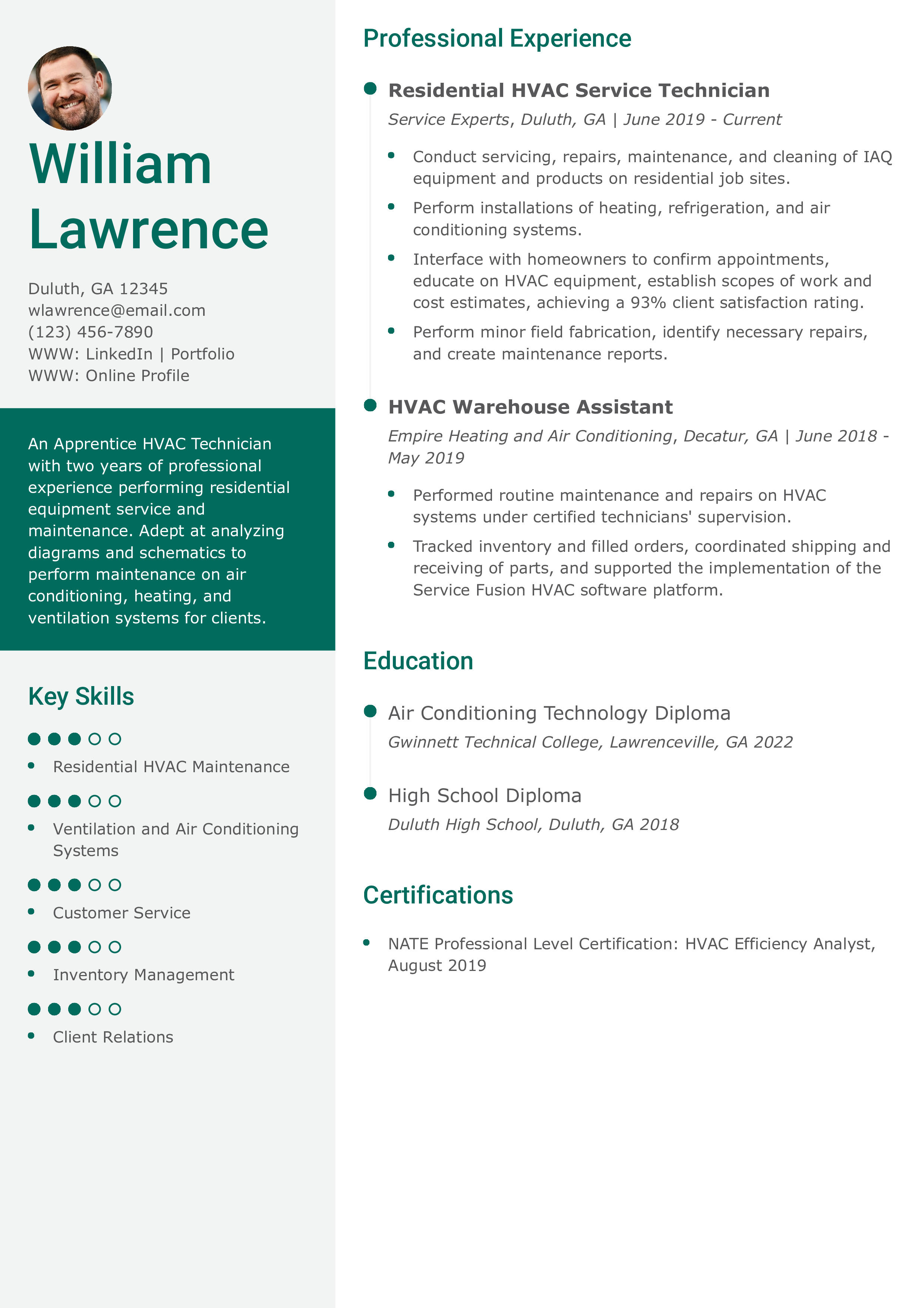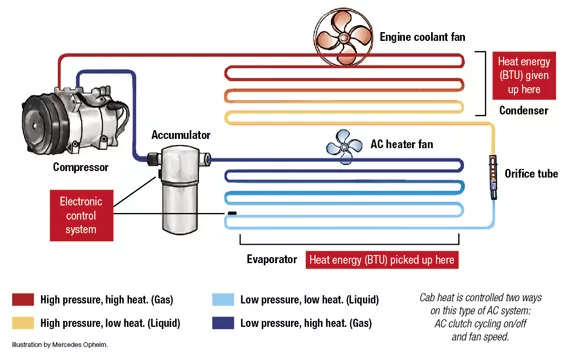When it comes to designing an air conditioning system, you want to be sure it meets the highest standards. But who sets those standards?
Knowing the right organization that specializes in air conditioning system design can save you time, money, and headaches. You’ll discover the key standards organization that guides professionals like you to create efficient, reliable, and safe cooling systems. Stick with me, and you’ll gain insights that make your next project smoother and more successful.

Credit: www.resumebuilder.com
Role Of Standards Organizations
Standards organizations play a vital role in the air conditioning industry. They create clear rules and guidelines that help engineers and designers. These standards ensure systems are safe, efficient, and reliable. Without these standards, design and installation would be inconsistent and risky.
These organizations bring experts together to develop best practices. Their work helps reduce errors and improve performance across all projects. They also promote innovation by setting clear benchmarks for new technologies. The role of standards organizations goes beyond just rules; they shape the future of HVAC system design.
Importance In Hvac Industry
Standards organizations ensure quality and safety in HVAC systems. They protect users by defining minimum requirements for design and operation. Their guidelines help manufacturers create products that meet customer needs. Consistency across the industry improves customer trust and satisfaction.
These organizations also support environmental goals by promoting energy-efficient designs. They help reduce waste and lower operating costs. This benefits both businesses and the environment. Overall, standards keep the HVAC industry organized and dependable.
Impact On System Design
Standards influence every step of air conditioning system design. Designers use them to select correct materials and components. This prevents failures and extends system life. Standards also guide load calculations to ensure proper cooling capacity.
They define testing methods to verify system performance. This ensures systems work as intended under real conditions. Following standards simplifies installation and maintenance tasks. It creates uniformity across projects, saving time and money.

Credit: www.resumebuilder.com
Leading Hvac Standards Bodies
Understanding the organizations behind HVAC standards can help you make smarter choices in air conditioning system design. These bodies set the rules that ensure safety, efficiency, and quality in the products and installations you rely on daily. Knowing who they are gives you a clearer picture of why certain designs work better and how you can optimize your systems.
Ashrae
ASHRAE, the American Society of Heating, Refrigerating and Air-Conditioning Engineers, is a key player in HVAC standards. It develops guidelines focused on energy efficiency and indoor air quality. If you’ve ever wondered why some buildings feel more comfortable than others, ASHRAE’s standards are often behind those decisions.
ASHRAE standards cover everything from ventilation rates to refrigerant safety. They also provide tools that help engineers design systems that save energy without sacrificing comfort. Have you checked if your system follows ASHRAE’s latest recommendations? It might reveal opportunities to improve your setup.
Iso
The International Organization for Standardization (ISO) creates global standards that apply to HVAC systems among many other fields. ISO standards help ensure systems work reliably across different countries and climates. This is crucial if your design needs to meet international regulations or operate in diverse environments.
ISO standards often focus on quality management and environmental impact. Implementing these can reduce your project’s carbon footprint and improve customer satisfaction. How does your current design align with international best practices? Comparing your approach to ISO standards might highlight areas to enhance performance and sustainability.
Smacna
The Sheet Metal and Air Conditioning Contractors’ National Association (SMACNA) offers practical standards specifically for ductwork and installation practices. Their guidelines help you avoid common pitfalls like air leaks or noise issues in your systems. If you’ve dealt with uneven airflow or noisy vents, SMACNA’s standards provide solutions.
SMACNA standards focus on construction quality and safety, making them essential for contractors and designers alike. Applying their best practices can reduce maintenance costs and extend system lifespan. Have you reviewed your installation methods against SMACNA’s recommendations lately? It could lead to significant improvements in system reliability.
Key Hvac Design Standards
Key HVAC design standards guide engineers and designers in creating efficient and safe air conditioning systems. These standards ensure systems perform well, save energy, and protect the environment. Following them helps deliver comfort and reliability in all types of buildings.
Energy Efficiency Guidelines
Energy efficiency standards set rules to reduce power use in HVAC systems. They focus on:
- Optimizing system design to lower electricity consumption
- Using energy-saving components and technologies
- Ensuring systems meet minimum performance levels
- Encouraging the use of renewable energy sources
These guidelines help cut energy bills and reduce environmental impact.
Safety And Performance Criteria
Safety rules protect users and technicians from hazards. They include:
- Proper installation and maintenance procedures
- Standards for electrical and mechanical components
- Fire prevention and ventilation requirements
- Testing methods to verify system reliability
Performance criteria guarantee the system works efficiently and lasts longer.
Environmental Considerations
Environmental standards focus on reducing harmful effects of HVAC systems. They cover:
- Limits on refrigerants that harm the ozone layer
- Control of greenhouse gas emissions
- Encouragement of eco-friendly materials and designs
- Waste management and recycling practices
These rules support cleaner air and a healthier planet.
How Standards Shape Air Conditioning Design
Standards play a crucial role in shaping how air conditioning systems are designed. They provide a clear framework that guides engineers and designers, ensuring every component and process meets specific requirements. Without these standards, the air conditioning systems you rely on every day might not perform safely or efficiently.
Design Consistency
Standards ensure that air conditioning designs maintain uniformity across different projects and manufacturers. This consistency helps you trust that systems will fit together and operate as expected, no matter where or who designs them.
Imagine ordering parts from different suppliers. Without standards, these parts might not work together, causing delays and extra costs. Consistent design practices eliminate such headaches.
Innovation And Technology Adoption
Standards don’t just restrict—they open doors to new technology. They set clear rules that allow innovative solutions to integrate smoothly into existing systems.
When a new energy-efficient compressor hits the market, standards guide how to incorporate it safely and effectively. This approach encourages you to adopt the latest advancements without worrying about compatibility or safety issues.
Quality Assurance
Standards act as a quality checkpoint in air conditioning design. They ensure every system meets minimum performance and safety criteria before it reaches your home or office.
When you choose a system designed according to recognized standards, you get peace of mind that it will work reliably and last longer. Would you settle for anything less when it comes to your comfort and safety?
Collaboration Among Hvac Experts
Collaboration among HVAC experts is essential for advancing air conditioning systems. It brings together diverse skills and knowledge. Experts work collectively to address industry challenges and innovate solutions. Through effective collaboration, they enhance the efficiency and reliability of HVAC systems. This synergy leads to improved standards and practices in air conditioning design.
Industry Partnerships
Industry partnerships are crucial for the HVAC sector. They unite manufacturers, engineers, and designers. These collaborations foster innovation and improve product quality. Partnerships help in sharing resources and expertise. They drive the development of advanced air conditioning technologies. By working together, industry players can meet evolving consumer needs.
Research And Development
Research and development play a key role in HVAC advancements. Experts focus on creating efficient and sustainable solutions. R&D efforts lead to energy-saving technologies and improved system designs. These innovations reduce environmental impact. Continuous research ensures HVAC systems meet modern standards. It also addresses future challenges in air conditioning.
Training And Certification
Training and certification are vital for maintaining high standards. They ensure HVAC professionals are skilled and knowledgeable. Certified experts are better equipped to handle complex systems. Training programs focus on the latest technologies and practices. This enhances the quality and reliability of air conditioning systems. Certification builds trust with consumers and boosts industry credibility.

Credit: www.resumebuilder.com
Future Trends In Hvac Standards
The future of HVAC standards is changing fast. New rules aim to make air conditioning systems better for the planet and easier to use. These updates focus on reducing energy use and improving system intelligence. The goal is to create safer, more efficient, and greener environments worldwide.
Sustainability Focus
Energy efficiency is a key part of new HVAC standards. Systems must use less power and emit fewer greenhouse gases. Materials that harm the environment will be phased out. Standards encourage using recyclable and eco-friendly components. This helps reduce the carbon footprint of air conditioning units.
Smart Technologies Integration
Smart HVAC systems are becoming common. New standards support the use of sensors and automation. These features help adjust temperature and airflow automatically. They improve comfort while saving energy. Integration with building management systems allows better control and monitoring.
Global Harmonization
Different countries have varied HVAC rules. Future standards aim to create a common global framework. This simplifies design and manufacturing for international markets. It also ensures consistent safety and performance worldwide. Harmonized standards help spread green technologies faster.
Frequently Asked Questions
What Is The Main Standards Organization For Hvac Design?
ASHRAE is the primary standards organization specializing in HVAC system design. It sets guidelines for air conditioning efficiency, safety, and performance worldwide.
Why Is Ashrae Important In Air Conditioning Design?
ASHRAE standards ensure HVAC systems are energy-efficient, reliable, and safe. They help engineers create sustainable and comfortable indoor environments.
How Does Ashrae Impact Air Conditioning System Efficiency?
ASHRAE provides benchmarks and best practices for reducing energy use. Following these standards lowers operational costs and environmental impact.
Can Ashrae Standards Improve Indoor Air Quality?
Yes, ASHRAE standards include ventilation and filtration requirements. These enhance indoor air quality by controlling pollutants and humidity levels.
Conclusion
A standards organization guides air conditioning system design well. It sets clear rules for safety and efficiency. These rules help engineers build reliable systems. Everyone benefits from consistent quality and performance. Knowing the right standards saves time and money. It also helps protect the environment.
Trusting these organizations leads to better, safer air conditioners. Standards make design simpler and products stronger. Following them ensures comfort in homes and offices. Understanding their role helps you appreciate good air conditioning.





